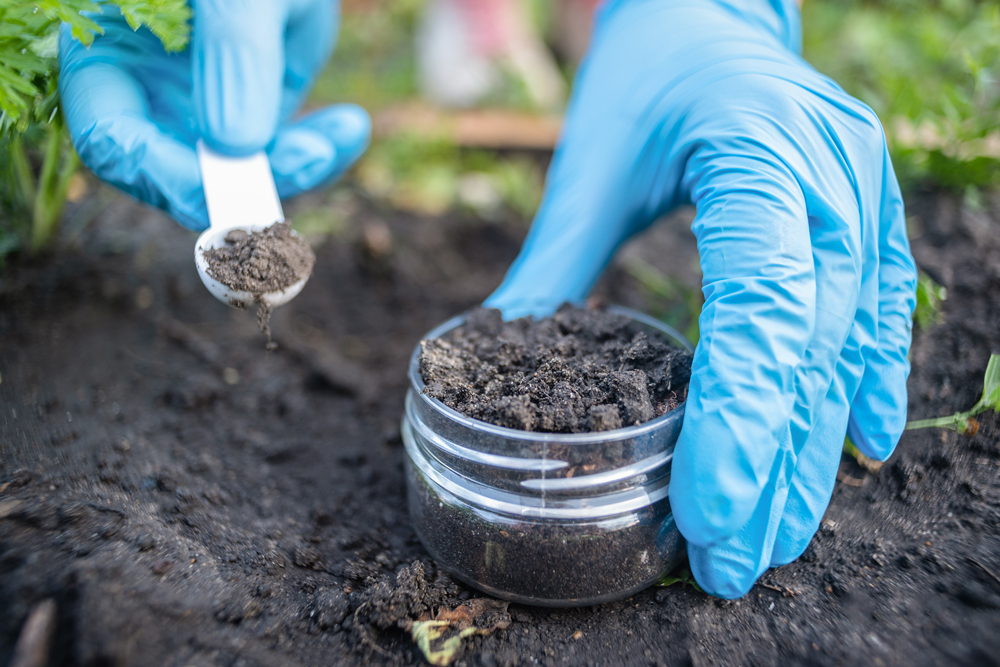
Soil testing is an essential part of the waste disposal process within the construction industry. It allows each individual or business to understand exactly what material they are dealing with.
There are also legal requirements that soil testing will help you satisfy.
It is the process of conducting laboratory analysis on waste soils. This information can then be used to correctly classify your soil, helping you to create a compliant plan on how and where to dispose of your excess soils.
It is a legal requirement under the ‘Environment (Duty of Care) regulations’ that states the waste producer must classify their waste:
Before you can classify or describe your waste you need to identify any hazardous properties.
The government has produced guidance on this called ‘Techinical Guidance WM3: Waste Classification – Guidance on the classification and assessment of waste’ which should be followed.
Firstly, you’ll need to assign a List of Waste (LoW) code using the List of Waste. This is a catalogue of different wastes, that will help you to determine whether you need further chemical testing on your materials.
There are four classifications:
Soil falls under category 17 ‘CONSTRUCTION AND DEMOLITION WASTE (INCLUDING EXCAVATED SOIL FROM CONTAMINATED SITES)’ of the LoW. Everything under this category is categorised as either Mirror Hazardous, Mirror Non-Hazardous or Absolute Hazardous. These entry types all require further testing before you can assign the correct LoW code.
Do not assume your waste soils fall under the category. You should follow the correct procedure when selecting a LoW code.
Waste Classification Testing – If you require further chemical testing, Waste Classification testing is the first test to complete. This is where you’ll send soil samples to a laboratory for analysis. The analysis will look to identify any contaminants such as:
The levels of these will determine if the sample is non-hazardous or hazardous. This information helps the waste producer decide on waste storage, transportation, and disposal requirements. It also helps decide on the correct LoW code to use.
It’s possible that this test alone is enough and the end site maybe satisfied. If your intention is to send the material to landfill then you will need a WAC test, although we would recommend that you contact the accepting site to see which testing is required.
WAC Testing – Waste Acceptance Criteria testing otherwise known as WAC testing is used to determine whether the soil is acceptable by landfill sites. Guidance from the EA mentions that:
‘Landfill WAC analysis (specifically leaching test results) must not be used for waste classification and hazardous waste assessment purposes. This analysis is only applicable for landfill acceptance and does not give any indication as to whether a waste may be hazardous or non-hazardous’.
A WAC test looks to analyse how the material behaves once its buried in a landfill.
It helps the producer understand which landfill site they can send their materials too and it also lets the receiving site analyse the material to see if it is acceptable.
Each sample area will be classified as Inert, Non-Hazardous or Hazardous; allowing the waste producer to create a disposal plan. It’s important to find the correct site for each classification of material.
WAC testing only needs to be carried out if you are intending to send your material to landfill.
Source:
Waste classification technical guidance – GOV.UK (www.gov.uk)